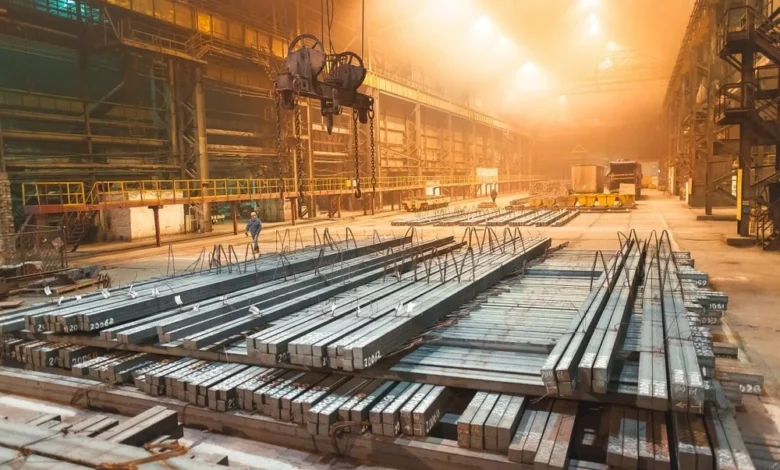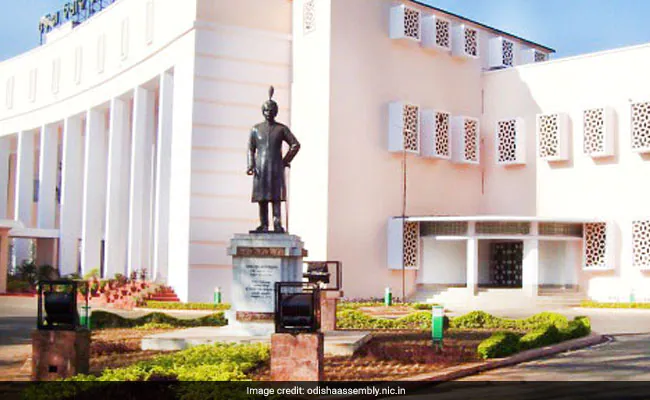
Bhubaneswar, Dec 9 : At a time when the world is grappling with the need to meet climate targets, an industry leader said on Saturday that increased use of hydrogen in steel production could significantly reduce the carbon footprint.
“Hydrogen is a crucial component that can help the steel industry transition to a more environmentally friendly future, as it is crucial for reducing emissions throughout the steelmaking process,” CEO and Managing Director of Tata Steel, T. V Narendran said.
The steel industry is a major emitter of greenhouse gases, accounting for about 8 percent of the carbon footprint worldwide, he said, adding Tata Steel was committed to a more sustainable and environment-friendly future.
Narendran was speaking as the chief guest at the inauguration of the three-day annual convention of the Indian National Academy of Engineering (INAE), which began at the Siksha ‘O’ Anusandhan Deemed to be University (SOA) here.
The inaugural session was chaired by INAE President Dr. Indranil Manna. Prof. Damodar Acharya, Chairman of SOA’s Advisory Board and Chairman of INAE’s Bhubaneswar chapter.
INAE, an autonomous professional body, comprises India’s most distinguished engineers, engineer-scientists, and technologists, covering the entire spectrum of engineering disciplines.
Pointing out that the transition to green technology in India was a challenge, Narendran said it was needed to meet climate targets, while the transition from coal to hydrogen was being seen as the future of steel production.
Tata Steel had initiated a pilot project at its Jamshedpur plant to assess the practicality of using hydrogen as a reducing agent in steel making, he said.
The company aimed to blend hydrogen with carbon to create a more sustainable alternative to the traditionally carbon-heavy steel production process, Narendran said.
India was the second-largest producer of steel in the world after China, which had scaled up its steel production. The Baosteel China company alone produced more steel than what is manufactured in India, he said.
In India, Narendran said, most of the capacity addition in steel production was happening in the eastern part of the country, which faced operational and technical challenges to go green.
Tata Steel has its steel plants at Jamshedpur and Kalinga Nagar in Odisha, he said, adding there was great potential for growth in the steel industry in recycling.
“In fact, recycling may surpass mining in the next few decades,” he said.






